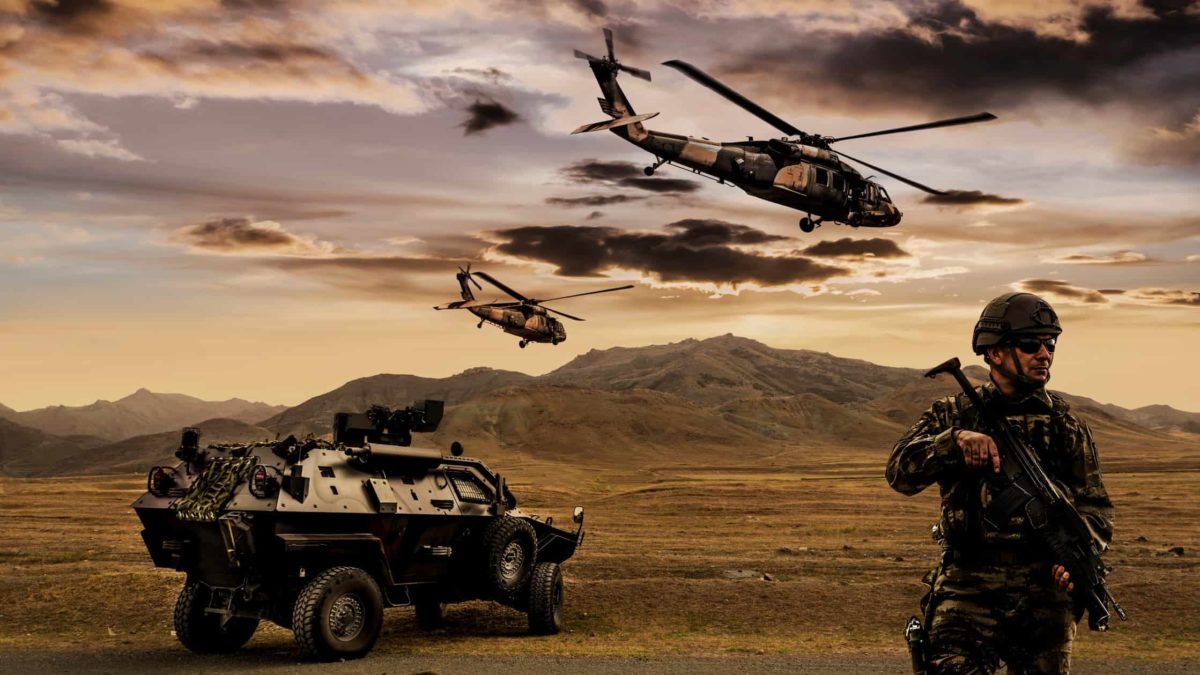Regardless of which side your sympathies lay, the world has watched with horror the humanitarian disaster unfolding in the Middle East over the past fortnight.
The violence came after last year's Russian invasion of Ukraine, in a reminder that geopolitical crises can pop up anywhere anytime.
Our first thoughts are with the citizens of the impacted nations.
For some investors who hold ASX shares, though, they might wonder whether such horrible events should change how they think and manage their portfolios.
AMP Ltd (ASX: AMP) economist Diana Mousina set about answering this by analysing how stocks did after previous geopolitical flare-ups.
"Predicting precisely when geopolitical events will occur is extremely difficult," Mousina said on the AMP blog.
"Although outlining potential areas of risk can be useful for thinking about future dangers."
What happens to stocks after a geopolitical event?
The first and most direct impact geopolitical events have is that consumer and business confidence takes a dive as fear and anxiety strike.
"Commodity prices are often impacted by geopolitical events because of the disruption to supply," said Mousina.
"Financial markets also respond to geopolitical risks usually via the share market both in directly affected countries but also across the major economies because of the impact to confidence."
One way the severity of an event is measured is via what's called the Geopolitical Risk Index, developed by economists Dario Caldara and Matteo Iacoviello.
Using that metric, Mousina took the six most severe events from the past and analysed how the US stock market reacted in the short term and where it ended up one year later.
| Event | Date of US equity market bottom | Market fall from event to bottom | Market change from event to 12 months after |
| World War I | 31 October 1914 | (18.5%) | +37.9% |
| World War II | 10 June 1940 | (31.7%) | +9.2% |
| Gulf War | 17 January 1991 | (3.7%) | +27.7% |
| 9/11, US invasion of Afghanistan | 21 September 2001 | (11.6%) | (12.5%) |
| US invasion of Iraq | 31 March 2003 | (3%) | +32.9% |
| Russia invasion of Ukraine | 8 March 2022 | (1.3%) | (4.3%) |
The numbers showed that a year after a shock event, stocks are 15% higher on average.
"For the times when share markets were lower a year after the geopolitical event, this was associated with another economic event," said Mousina.
"In 2002, post 9/11 was in the middle of the tech crash and in 2023 after the Russia/Ukraine war was the US banking crisis."
Here's what you should do with your ASX shares
What does this mean for ASX investors and their portfolios?
Firstly, Mousina wants all investors to keep in mind that it's impossible to predict the timing — or even the occurrence — of a geopolitical event.
"The bottom line is that it's important to have a diversified investment portfolio."
Right now, many factors separate from the Israel-Gaza conflict are adding to the anxiety and uncertainty.
"From here, the outlook for share markets is mixed.
"The high risk of a recession in the next 6 to 12 months and the rise in bond yields means that the next few months of sharemarket returns could be rocky and another leg down in shares cannot be ruled out."
However, Mousina encourages ASX investors to hold on with a longer view, as history and macroeconomic conditions suggest markets will recover eventually.
"The longer term view on shares remains positive as we expect inflation to decline in 2024, which should allow central banks to eventually cut interest rates next year, which will support returns and corporate earnings."









